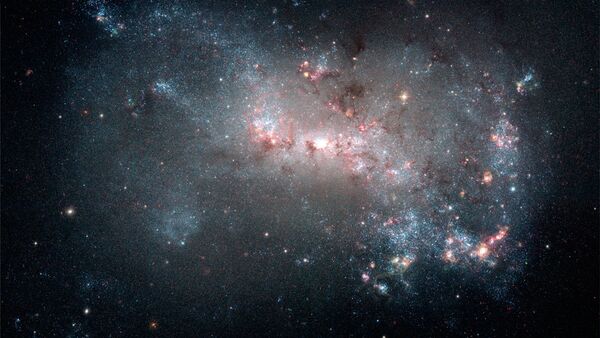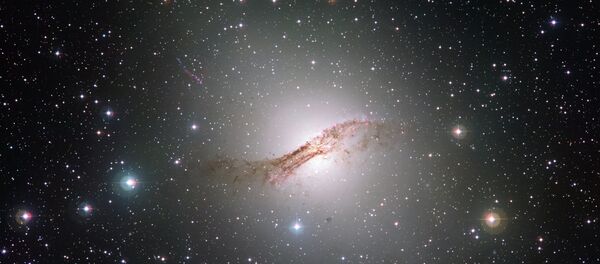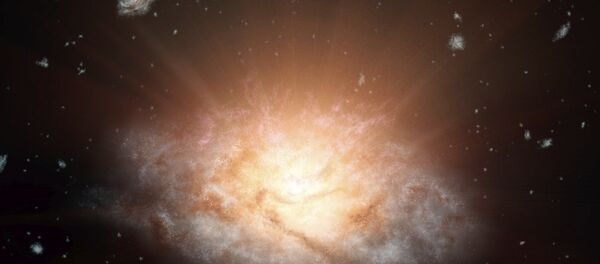They found out that supernovas might act as "the maid service" of the universe because sweeping out the gas shuts off the star formation.
The research was recently published in Astrophysical Journal Letters.
"Our previous research had shown that black-hole outbursts can limit star formation in massive galaxies, but they cannot completely shut it off," Mark Voit, professor at Michigan State University in the US, said.
"Something else needs to keep sweeping out the gas that dying stars continually dump into a galaxy, and supernova sweeping appears to work perfectly for that," Voit pointed out.
Voit and his colleagues examined how the star formation stopped in ten of remote and very large elliptic galaxies. They used the telescope of the Chandra X-ray Observatory and some other earth and orbital observatories.
The evolution of galaxies and the speed of star formation depend on two factors – the amount of gas which flows from galaxies and heats, and the amount of cold dust and hydrogen which precipitates on galaxies from the intergalactic medium.
Nevertheless, according to Voit and his colleagues, a black hole alone cannot quench star formation in the centers of those galaxies. The team found out that type 1a supernovas assist in the process.
Type 1a supernovas are powerful thermal nuclear explosions. They occur in binary systems (two stars orbiting one another) in which one of the stars is a white dwarf while the other can vary from a giant star to an even smaller white dwarf. They are powerful enough to heat gas or accelerate neutral gas to a speed over 250 kilometers per second thus sweeping gas out of the galaxy. When the two factors work together, the galaxy loses more gas that it receives from the intergalactic medium.
Astronomers hope the findings will help understand half of the galaxies surrounding Milky Way are "graveyards" of old and dead stars.



